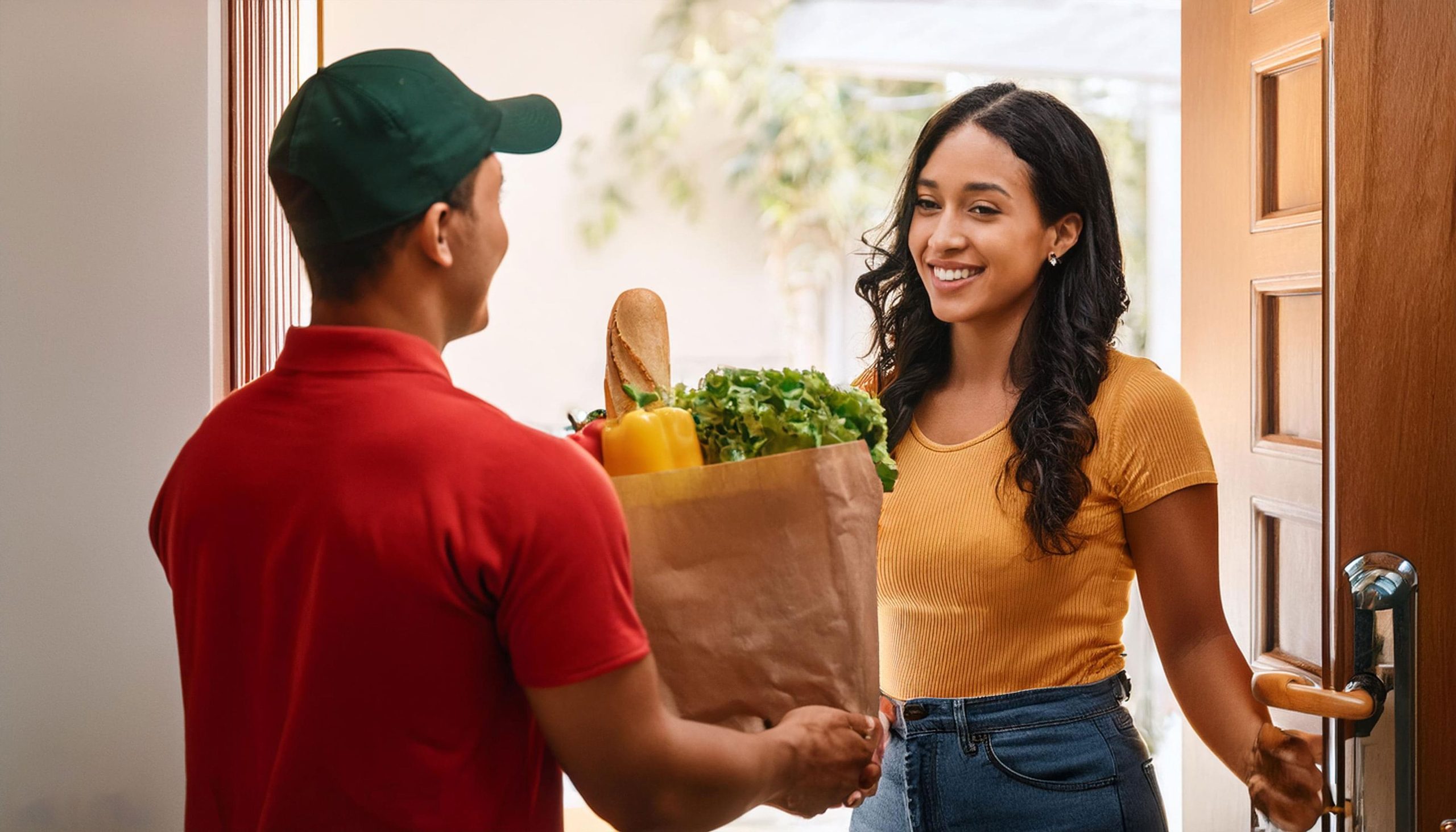The India food delivery market is positioning itself as a benchmark for digital-first economies. As of 2025, 85.4% of food orders are placed via mobile apps and 91.7% of all transactions are conducted through digital methods like UPI and wallets. South India alone contributes nearly 39.6% of national delivery volumes, supported by metros like Bengaluru, Hyderabad, and Chennai. Meanwhile, the cloud kitchen segment currently worth over USD 1.1 billion has become an important growth engine. India’s food delivery market is no longer just a convenience but a data-driven, AI-powered ecosystem that’s setting global standards for speed, efficiency, and scale.
What’s Driving Food Delivery Market in India?
- India’s digital payment infrastructure, particularly UPI (Unified Payments Interface) is the backbone of food delivery adoption. In 2024, over 91.7% of all orders were transacted via digital methods, including UPI, e-wallets, and debit cards. UPI’s near-zero transaction cost and mass adoption create a fertile ground for sustained order growth, especially among Gen Z and working professionals.
- While metros like Delhi, Mumbai, and Bengaluru continue to lead in revenue terms, Tier II and Tier III cities now account for over 48% of all food delivery orders by volume. The next phase of food delivery growth is not urban saturation but rural penetration, supported by vernacular tech and last-mile delivery optimization.
- India’s food delivery giants are embracing AI and machine learning at scale, not just for customer-facing personalization but for backend optimization. AI-enabled increase pricing, based on demand clusters and restaurant prep time, increased order profitability by 12.5% without affecting order volume in top 10 cities.
Competitive Landscape
The India food delivery market is highly competitive, with entrenched giants and a fast-rising wave of tech-enabled challengers capturing the market. The major players including Zomato, Swiggy, and Zepto dominates the landscape. Zomato continues to lead India’s food delivery sector. Its quick-commerce arm, Blinkit, has rapidly scaled operations and achieved a 117% year-on-year revenue growth in 2024. Swiggy is aggressively growing its Instamart vertical. In 2024, Instamart’s gross order value reached ₹46.7 billion. The company added 316 new dark stores, increasing its q-commerce footprint. Meanwhile, Zepto operates approximately 250 dark stores and is valued at over USD 5 billion as of late 2024.
Profitability Under Pressure Amid Quick-Commerce Expansion
The India food delivery market is facing a major challenge of growing strain on profitability, particularly within the aggressively expanding quick-commerce segment. In 2024, the platform’s adjusted core loss grew to ₹1,780 million despite a 134% increase in gross order value. A key issue lies in the mismatch between volume growth and unit economics. Average order values in q-commerce hover around ₹300–₹350. With each 10-minute delivery costing approximately ₹70–₹90 in last-mile logistics alone, more than half of all q-commerce orders are being fulfilled at a loss. Moreover, heavy discounting and free delivery offers continue to squeeze margins further.
Future Outlook
The India food delivery market is set to evolve in upcoming years. The focus is shifting from aggressive scale to long-term viability, efficiency, and hyper-personalization. By 2030, the market is projected to handle over 8.5 billion annual food delivery transactions. This exponential order volume growth will be driven by expanded reach in Tier II and III cities, rising dual-income households, and the proliferation of app-based ordering even in towns with under 100,000 residents. By 2030, leading platforms are expected to achieve 40–45% reduction in delivery latency through real-time traffic algorithms, predictive inventory stocking, and AI-assisted kitchen workflows. The cloud kitchen segment is forecasted to account for nearly 38% of total food delivery volumes by 2030. By then, India is expected to have over 25,000 operational cloud kitchens.
Consultant at Nexdigm In their latest publication “India Food Delivery Market Outlook to 2030: By Platform Type (Marketplace Aggregators, Restaurant-Owned Platforms, Cloud Kitchens, Direct-to-Consumer (D2C) Food Brands, B2B Food Delivery Services), By Cuisine Type (North Indian, South Indian, Chinese, Fast Food, Desserts & Beverages), and By Order Type (On-Demand Orders, Scheduled Orders, Bulk/Party Orders, Subscription-Based Deliveries, Corporate Meal Deliveries)” believe that by prioritizing regional cuisine brand development in Tier II/III cities and increasing average order value, businesses can gain competitive advantage in India food delivery market.

